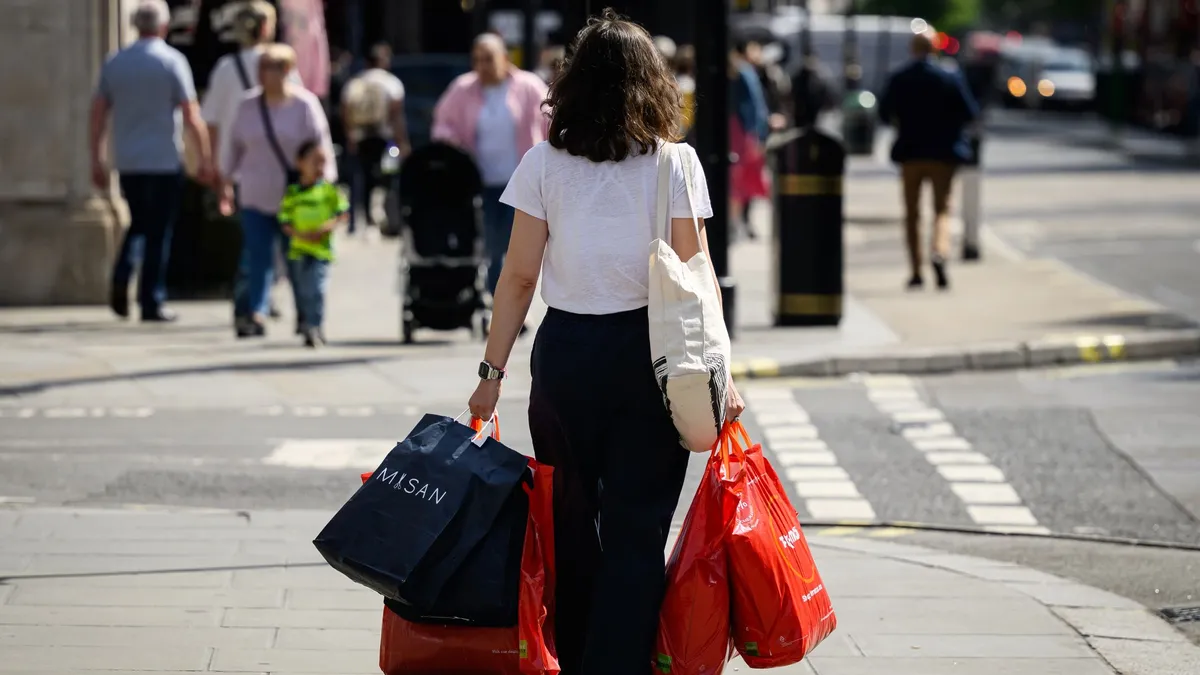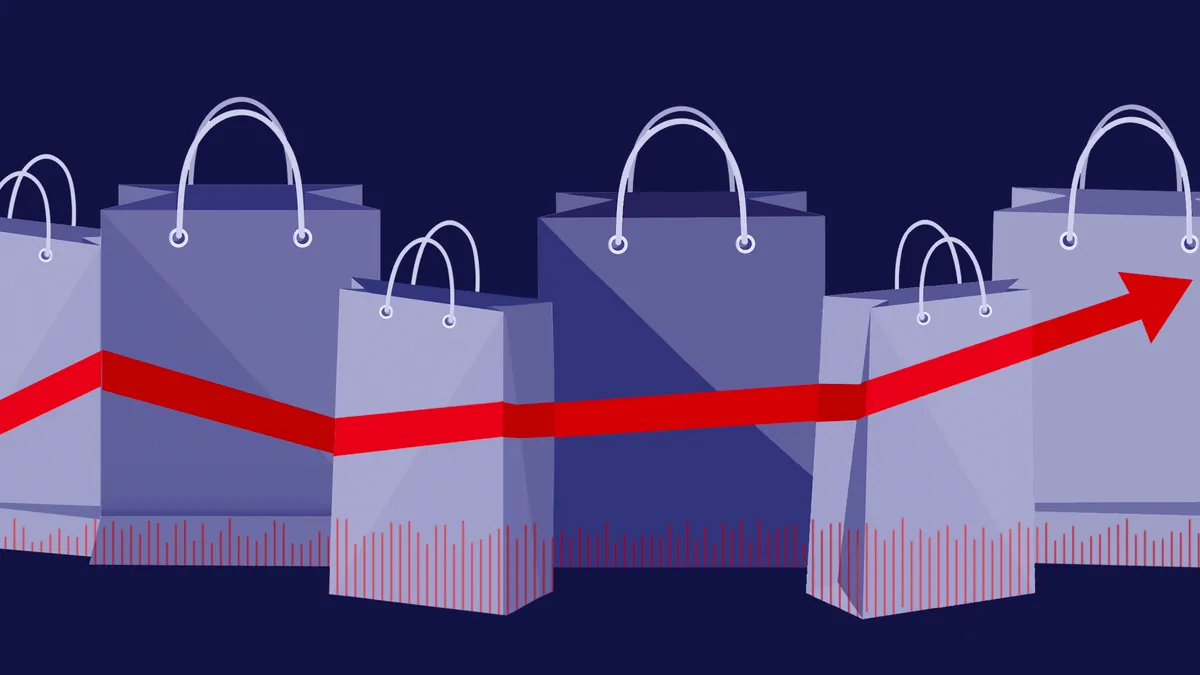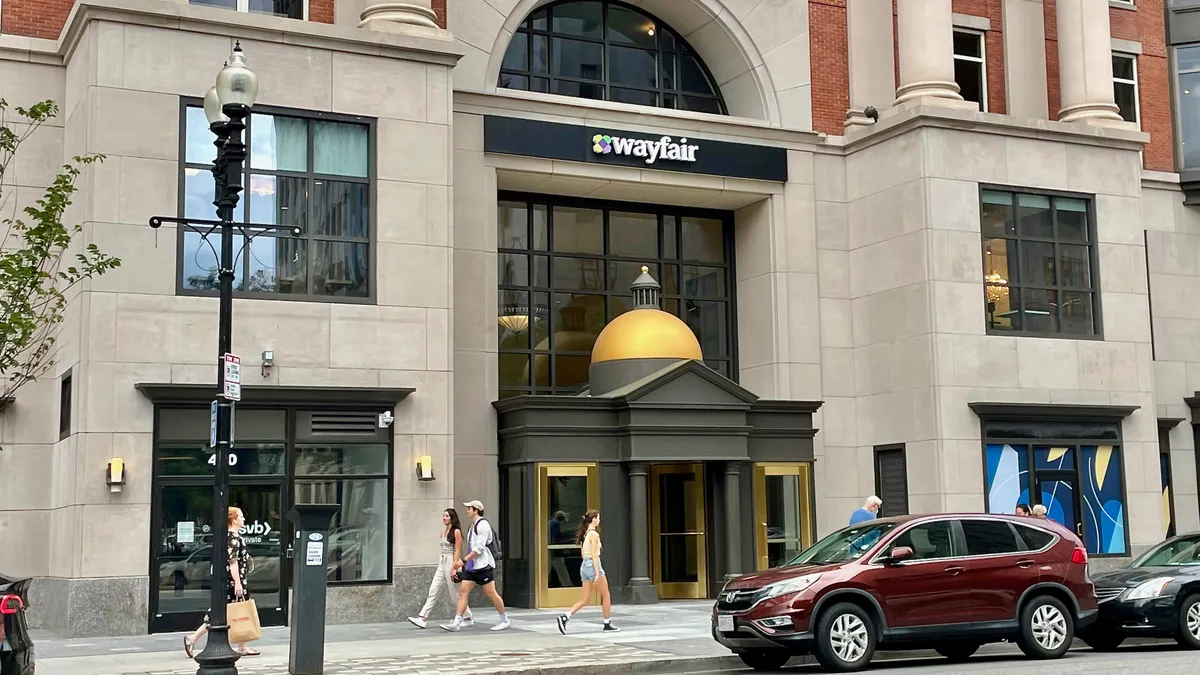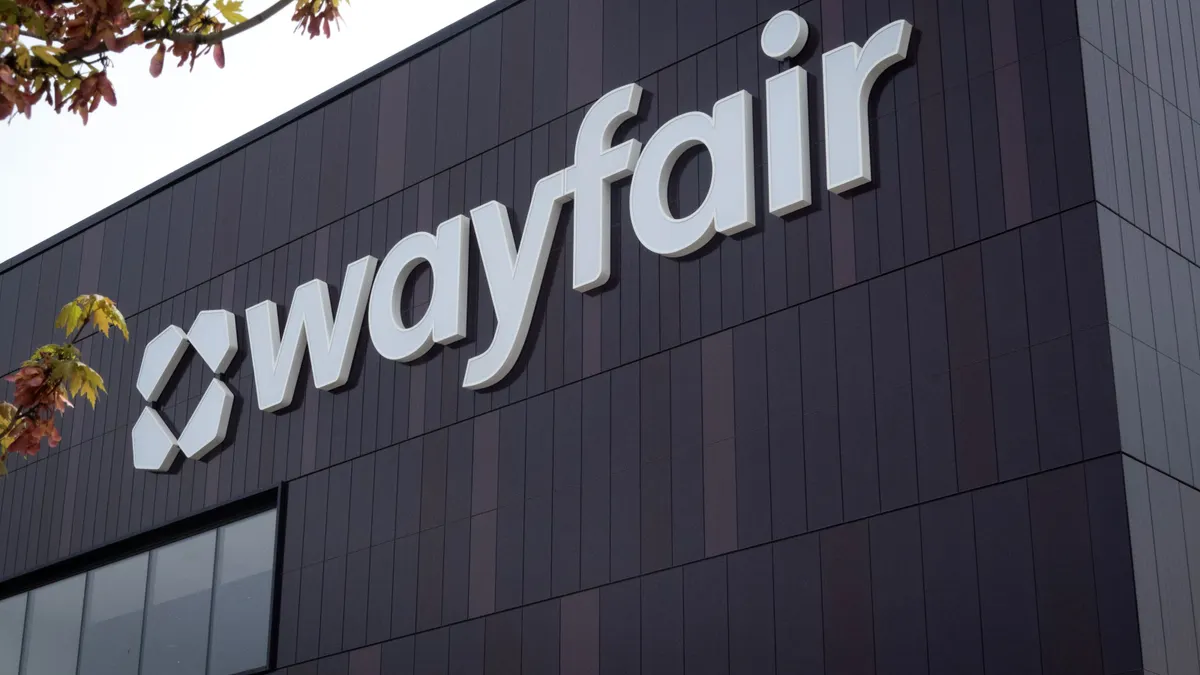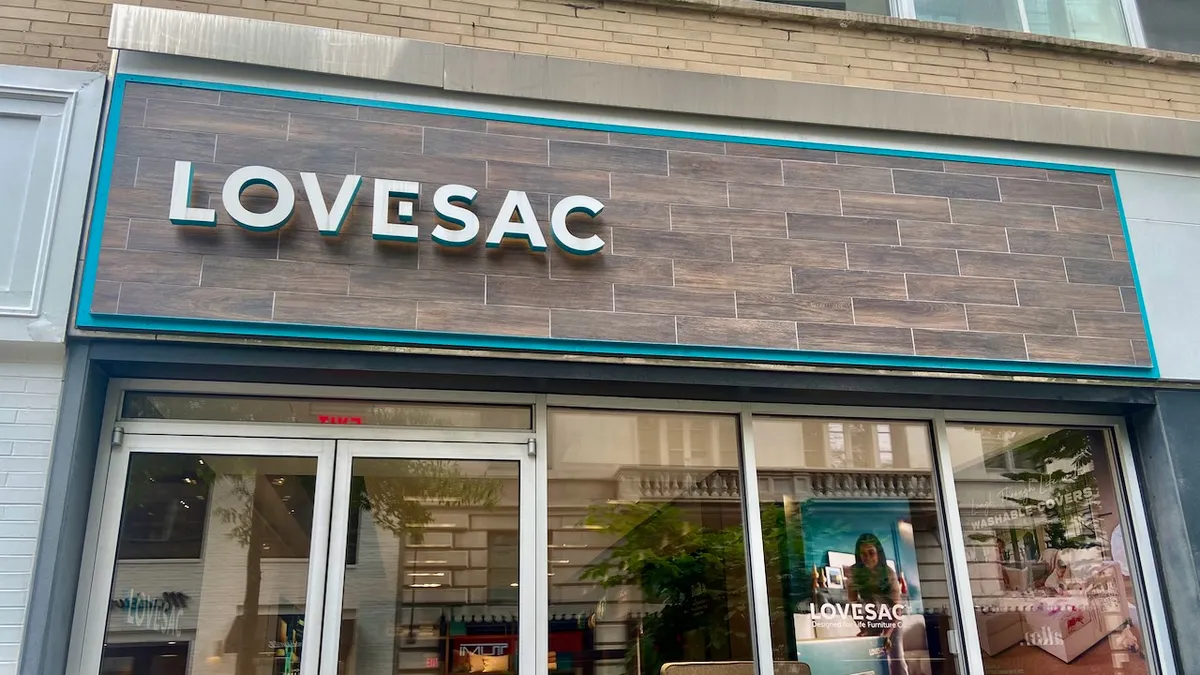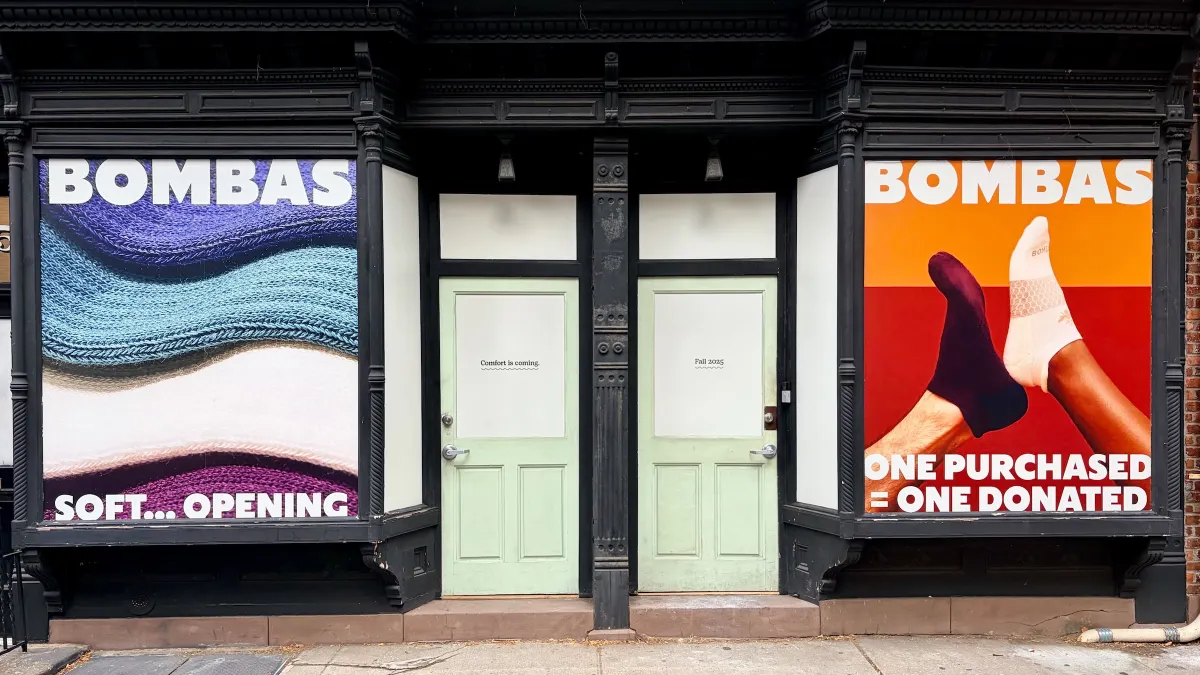There is still number-crunching to be done to give the full 3D picture of the holiday 2015 retail season. While the National Retail Federation has yet to release their figures for the season, early numbers from the MasterCard Advisors SpendingPulse found that overall retail sales grew 7.9% this year, well above the NRF's predicted 3.7% growth. But while the exact numbers won't be confirmed until the Commerce Department releases their results for the holiday season, there were some clear developments that can be easily seen already.
From mobile's rising dominance to changing shipping expectations, we’ve picked three trends that we think merit attention into the new year and for next holiday season. Because, admit it, it’s not too early to be thinking about that.
E-commerce, and mobile
We’ve been hearing about the emerging dominance of e-commerce for years now. But a little thing called a smartphone—with data capabilities that have become formidable and a reach that puts it in the pocket of most consumers—has helped escalate and cement Web and omnichannel shopping.
Almost two-thirds of Americans own a smartphone, and 19% rely to some degree on a smartphone for online services and web-based information, according to studies from the Pew Research Center. Some 10% of Americans own a smartphone and also have no broadband service at home, and another 15% own a smartphone and say they have few other options for going online besides the cell phone. Those Americans, most of whom have relatively low income and education levels, are younger adults, and are non-whites, are especially likely to be “smartphone-dependent” when it comes to getting online, according to Pew.
Perhaps it’s no surprise, then, that Cyber Monday web sales came in at a record-setting $3 billion while, for the first time ever, more shoppers turned to their digital devices than physical stores to shop on Black Friday. Shopping, which includes research and purchase, is that much easier and unfettered thanks to mobile. And if purchase becomes easier and more common on mobile, plus other factors that continue to enable web sales, we'll likely see e-commerce continue to surge at surprising levels.
“For the trailing five years, e-commerce has been growing at around 15% year-over-year. And each year, big analyst firms predict slowly tapering growth,” Keith Anderson, VP of strategy & insight at Profitero, told Retail Dive. “At fewer than 10% of all retail sales, e-commerce has a lot of runway. Expanding assortments, improving convenience, intensifying price competition, and a generation of digital natives are all accelerants.”
Indeed, e-commerce this year by some measures came in at 20% growth, according to the MasterCard Advisors SpendingPulse, which was out of the gate early with its holiday retail numbers.
Amazon—and Prime
What’s new about Amazon and its looming presence on the retail landscape? Actually, quite a bit. For one thing, the highly disruptive e-retail giant has opened a real-life brick-and-mortar retail store. Beyond that, though, it’s also—finally—pleasing many of its investors with more profitable quarters.
Amazon initially freaked out retail by undercutting on price, then disrupted itself (and everyone else) further by offering ways to get free shipping. The company, which owes much of its success to a founder and CEO with little if any fear of failure (and hence a willingness to continually innovate), has brought “Dash” buttons; hardware like the successful Kindle, the disastrous Fire phone, and the to-be-assessed Echo; a massive fulfillment infrastructure, same-day delivery, and more. And its search capabilities, thanks to its enormous assortment, nimble machine learning, and helpful reviews, is a starting point for online shoppers more often than Google itself. (And once there, half of those searching on Amazon stick around to make a purchase.)
All that is keeping retail rivals and even its shipping partners on their toes. But one of the most confounding aspects of Amazon’s strength is its Prime program. Aside from Costco, which has an annual membership fee that is half of Amazon’s, no retailer has been able to match the stickiness of Amazon’s Prime customer. And although Prime membership is steep at $99 a year, its many benefits and, above all, its free two-day shipping, are all keeping those members around year after year.
Amazon’s Prime membership is indeed a formidable thing: those customers spend $1,500 each year, more than double the $625 non-Prime members spend. Another 3 million people globally joined Prime during the third week of December, according to Amazon, sending its total membership into the “tens of millions.” And related Prime programs, like Prime Now same day delivery, is now available in more than 20 cities.
Out of this year’s estimated $94 billion growth in 2015 retail sales this year, Amazon’s share has been $22 billion, according to Macquarie retail analyst Ben Schachter’s estimates.
“It’s remarkable. Amazon is truly in a league of its own,” Schachter told the New York Times. “It’s going to be extremely challenging for anyone else to catch up.”
Delivery, all kinds, coming & going
The magic of e-commerce was at first all about low prices. But once brick-and-mortar retailers finally began price-matching and otherwise competing on price, e-retailers (led, of course, by Amazon) have increasingly had to speed up delivery in an attempt to match the instant gratification of shopping in store.
Free delivery at reasonable, if any, minimums and even free returns have been mainstays of e-commerce for a while now, considered a marketing expense by many e-commerce retailers. But, increasingly, same-day and even two-hour delivery are being pushed (again, led by Amazon). There are so many on-demand delivery startups for alcohol, grocery, meals, and retail purchases, in fact, that many customers in certain areas of the U.S. can now stay home or at work and have at hand just about anything they might need or want at a moment's notice.
The development demonstrates the endurance of these services, though some kind of shake-out among them is likely some time in the future. And it’s not clear how lucrative these businesses, which continue to attract investor funding, will be in the long run.
So, it remains to be seen whether same-day delivery, much less two-hour delivery, will survive as a major fulfillment feature among many retailers. Regardless, though, shipping overall will continue to confound e-commerce. As the 2015 holiday season has demonstrated, with an increase in e-commerce comes an increase in logistical challenges.
Along with this year’s significant bump in e-commerce (see above) will be a corresponding bump in e-commerce returns. In fact, the problem is often worse with web orders because shoppers aren’t able to try out items and a third or so of online sales are returns, compared to 5% to 8% at physical stores, according to consultancy Kurt Salmon, and returns are more common at the holidays.
For retailers without an in-store return policy, that means another round of fulfillment expenses—or the risk of alienating the customers who must pay return shipping fees on their own. Retailers will likely have to fine-tune their shipping and fulfillment policies as e-commerce heats up, at the holidays and otherwise.
"When the retailer figures out these unknowns and finally knows what these costs are consistently, ahead of time, they can then make that decision about free or subsidized shipping,” Jeremy Bodenhamer, CEO of logistics automation company ShipHawk, told Retail Dive earlier this year. “Then it’s a rational decision.”




